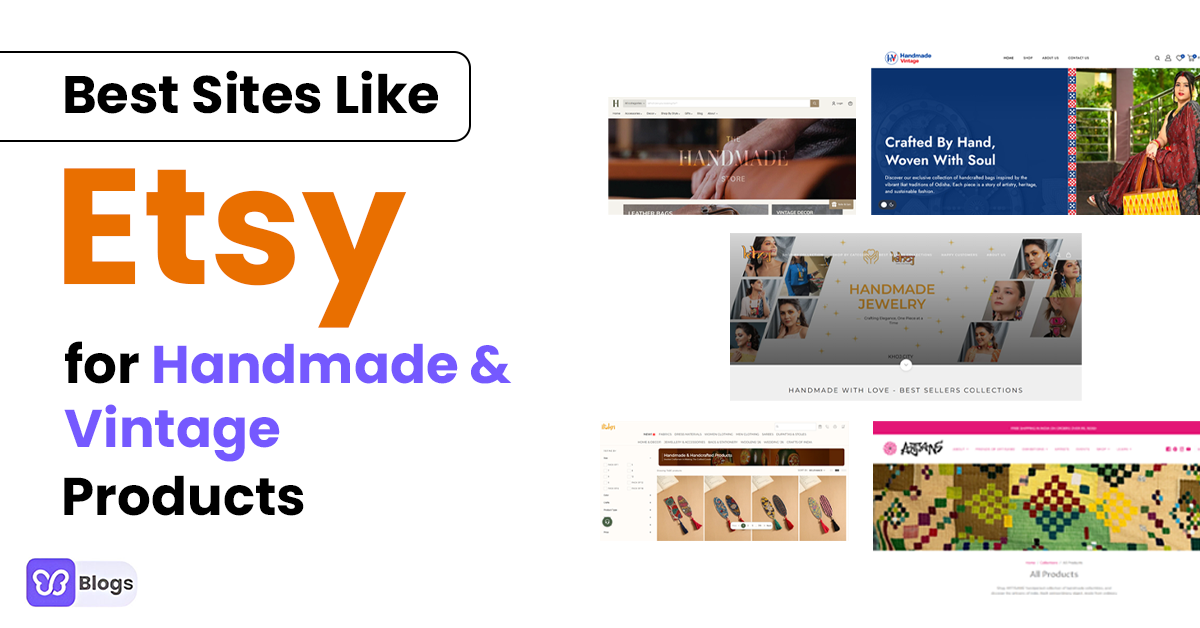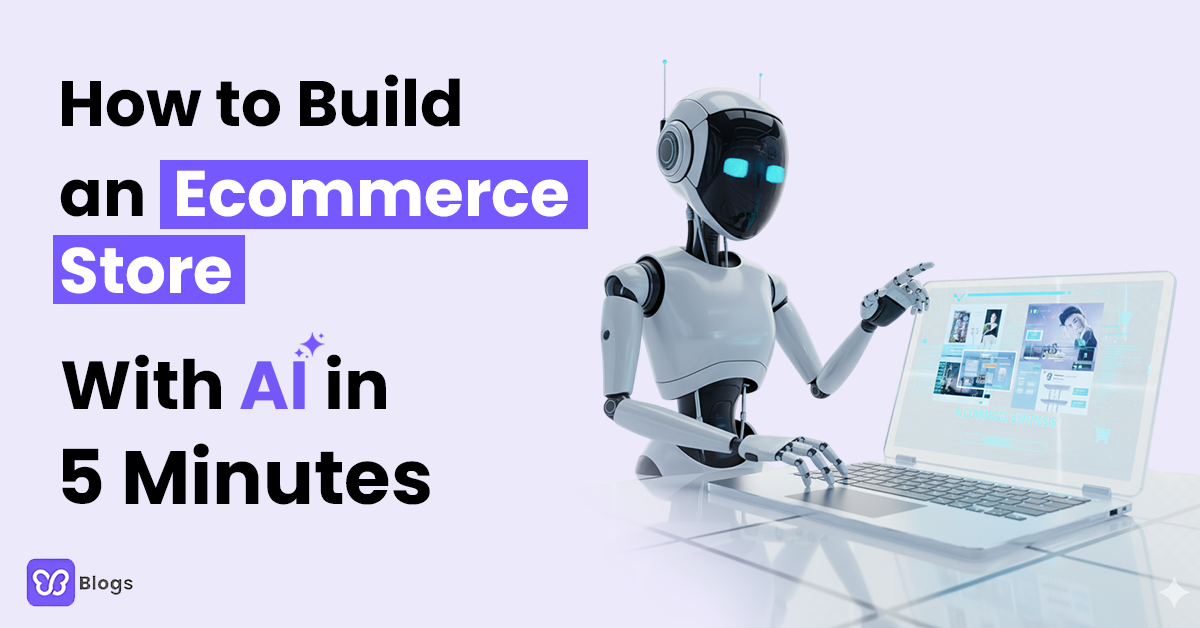Several automation opportunities to use in the onboarding of new customers exist. Let's discover them and reap the benefits that will follow.
Sign up
Some might believe the job is done if a customer is ready to sign up. Not always… It's just the beginning.
Do you like long registration forms? Me neither 😀. Sometimes we don't like to fill in even emails and passwords. In fact, 77% of customers are looking for social logins. This way, signing up and placing the first order will only take a few clicks.
The first flow worth automating is signing up. Automate sign-up flow with SSO, Google, Apple, Facebook, and other social login opportunities. It will make registration effortless.
An automated sign-up should be a part of landing page optimization activities. These imply using A/B testing for singing up buttons' style and placement. Also, you can play with automated pop-ups.
On the other side, allow new customers to proceed without registration. Afterward, send them a triggered email to continue a sing up flow. You can motivate them with some reward like a discount.
First impressions
Imagine you landed on the website and saw the product you wanted to purchase. But you don't see delivery and payment information. It's unclear where's your card and how to make an order. What will be your first impressions about this online store?
First-time customer experience with your service is vital for eCommerce onboarding. It defines whether your customer will feel valued or feel left in the middle of unknown waters for them.
An automated welcome message personalized to customer interests will help break the ice. Also, quick in-app introductions set the tone for lasting customer relationships. The same applies to other types of guidance and displayed tips.
It would be a great idea to gather feedback at the early stage. You can automate first impression reviews to engage with new customers.
For a simplified reviews collection, you should try Debutify. This platform allows you to gather, filter, and automatically post reviews. It helps eCommerce businesses to boost brand visibility and reputation.
Emails and messages
We've already touched on the topic of automated welcome emails. But now, let's focus on emails and messages in a broader realm.
A sequence of onboarding emails enables you to connect with customers more personally. Behavioral messaging can make onboarding smooth and appealing for each group of customers. They can receive helpful information at each stage of onboarding.
New shoppers can get automated first-interaction guidelines. You can automate reminders for them. For example, remind users to fill in shipping info, notify them of order or delivery status, etc.
Apart from notifications, automated messages open a Pandora box of convenient walkthroughs. While navigating your website or app, your customers won't feel lost or alone. They'll see automated tips to navigate them.
Here’s an example of an in-app message from ASOS:

Source: Screenlane
Customer support
Another customer onboarding process flow needing automation is customer support. The key aspect that makes customer service good turns out to be speed:

Source: Zendesk
Customers want their problems solved fast and around the clock. Automation assists with it.
It allows fast and 24/7 support when onboarding new customers. Say, your business is global and customers have different time zones. They might need to solve a specific onboarding challenge. So contacting customer support should be effortless for them.
You can use AI-powered chatbots to deal with repeating customer requests. Such solutions can provide a customer with all the necessary information. If needed, delegate your request to the customer support representative.
So self-service support is a crucial driver for improved onboarding experience.
Knowledge base and guidance
Another valuable point in customer onboarding automation is walkthrough guides.
One article won't do the trick. But the sequences of materials targeted at new customers' needs will. A developed help center shows that you care about your users at the initial stage of their journey.
Consider creating an FAQ section, knowledge base, in-app guidance, and video tutorials.

An example of a help center with navigation and an integrated chatbot (Source: AliExpress)
Producing and updating such content automatically is possible through software. For instance, content scheduling and posting tools will streamline content publishing. A help center and knowledge base provide visitors with the necessary guidance.
Automate sharing these tooltips and checklists through emails, in-app messages, and chatbots. Also, don't forget about pop-ups in accounts and modal windows.
All this guidance will support users at each point in their onboarding journey.









